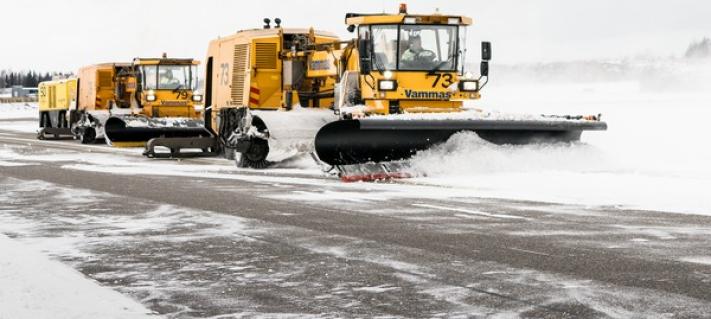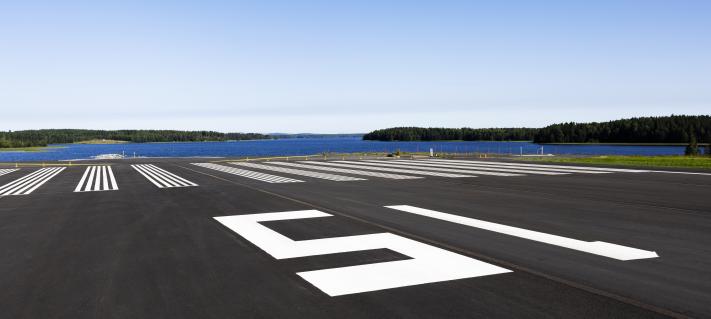Finnair has invited a group of 1,000 frequent flyers to take part in the test.
- Face recognition technology could offer possibilities for smoothening the departure process from the customer’s point of view, and eliminate the need for a boarding pass, says Sari Nevanlinna, Head of Ground Experience and Ancillary at Finnair.
- This test will give us information on the applicability of face recognition technology for our processes, and the impact it has on the customer experience.
Finnair customers taking part in the test will use a test application to send their face portraits to the test system. When checking in to their flights, customers will use a designated check-in desk, where the face recognition technology will be installed. A customer service agent will then check the customer’s travel information and indicate in the test system if the face recognition was successful.
- We want to make air travel flow even smoother and be involved in further developing the customer experience,” says Heikki Koski, Vice President of Helsinki Airport for Finavia.
- Facial recognition is part of the larger megatrend of biometric recognition, and it will enable “Hands in the pockets” travelling, where you no longer need any travel documents. When all travel-related information is digitized, it takes less time and is easier to get through the checkpoints at the airport. Last year, we tested facial recognition technology at the employee security control and the results were very encouraging, says Koski.
The system used in the test is provided by Futurice, and built using widely available hard- and software as well as cloud-based services, and with a strong view to the customer experience.
- We use face feature based face recognition technology, which turns facial images into untraceable biometrics IDs, says Tuğberk Duman, Project Manager at Futurice.
- This enables us to identify registered passengers on the go without having to store images. This test will provide useful information on the use of this solution for environments with large customer flows and tight security needs, he says.



